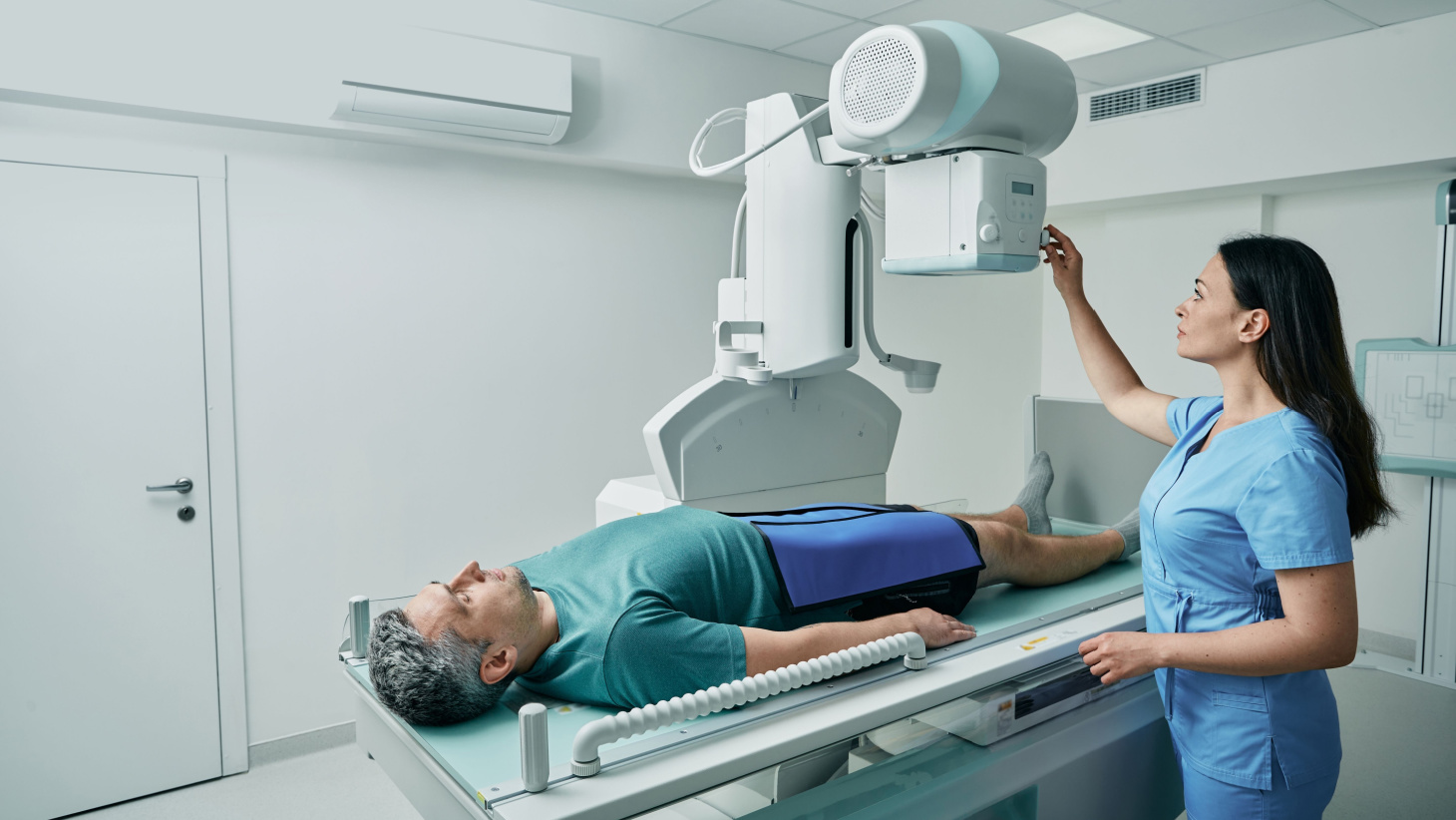Becoming an X-ray technician isn’t just about snapping images—it’s about playing a critical role in healthcare. Every day, radiologic technologists help diagnose injuries, uncover diseases, and assist doctors in making life-saving decisions. If you’ve ever considered a career in medical imaging, you’re looking at a field with strong demand.
In fact, the Bureau of Labor Statistics projects a 6% job growth for radiologic technologists by 2032. That means more opportunities, better job security, and a stable career path.
But how do you get there? What training do you need? And what can you expect once you land your first job? We’ve broken it all down in this step-by-step guide. From choosing the right program to obtaining certification and landing a job, we’ll walk you through everything you need to know. Whether you’re fresh out of high school or considering a career change, this guide will help you navigate the path to becoming an X-ray tech with confidence.
Let’s dive in!
Step 1: Understand the Role of an X-Ray Technician
X-ray technicians, also known as radiologic technologists, play a crucial role in medical diagnostics. Their job goes beyond just operating X-ray machines. They:
- Prepare patients for imaging procedures
- Position patients correctly to capture accurate images
- Ensure patient safety by following radiation protection protocols
- Collaborate with doctors to provide high-quality diagnostic images
- Maintain imaging equipment and adhere to strict regulatory standards
If you enjoy working with technology, have an eye for detail, and want to make a meaningful impact in healthcare, this career path could be the perfect fit.
Step 2: Meet the Educational Requirements
To become an X-ray technician, you need formal education and hands-on training. Here’s what it involves:
Choose an Accredited Program
Most employers require candidates to complete a radiologic technology program accredited by the Joint Review Committee on Education in Radiologic Technology (JRCERT). These programs typically offer:
- Associate degrees (most common, taking about two years)
- Bachelor’s degrees (providing advanced career opportunities)
Core Courses and Hands-On Training
During your training, you’ll study:
- Anatomy and physiology
- Radiation physics and safety
- Medical imaging techniques
- Patient care and ethics
- Equipment operation
Clinical rotations in hospitals or imaging centers provide hands-on experience, ensuring you’re well-prepared for the job.
Step 3: Get Certified and Licensed
Certification by ARRT
Most states require X-ray techs to be certified by the American Registry of Radiologic Technologists (ARRT). To qualify, you must:
- Graduate from an accredited program
- Pass the ARRT certification exam
- Maintain certification through continuing education
Some states have additional licensing requirements, so check with your state’s health board.
Step 4: Specialize to Enhance Career Opportunities
After certification, you can specialize in advanced imaging techniques like:
- Computed Tomography (CT) Scans
- Magnetic Resonance Imaging (MRI)
- Mammography
- Fluoroscopy
Specializing can open doors to higher salaries and better job prospects.
Step 5: Find a Job and Start Your Career
X-ray technicians are in demand across various healthcare settings, including:
- Hospitals
- Outpatient imaging centers
- Physician offices
- Urgent care clinics
Job Search Tips
- Build a strong resume showcasing your education, certification, and clinical experience.
- Leverage job boards like ARRT’s job board and hospital career pages.
- Network with professionals in the field through LinkedIn or industry conferences.
Step 6: Continue Professional Development
To stay competitive, X-ray techs should:
- Pursue continuing education credits (mandatory for maintaining ARRT certification)
- Stay updated with new imaging technologies
- Consider further specialization or leadership roles
Salary and Job Outlook
According to the Bureau of Labor Statistics, X-ray technicians earn a median salary of $63,710 per year. Factors that influence pay include:
- Geographic location
- Experience level
- Specializations and certifications
- Type of healthcare facility
Conclusion
Becoming an X-ray technician is a rewarding career path with strong job security and growth potential. By following this step-by-step guide—earning the right education, obtaining certification, gaining experience, and continuing professional development—you can build a successful career in medical imaging. Ready to take the next step? Start exploring accredited programs today and begin your journey toward becoming an X-ray tech!






